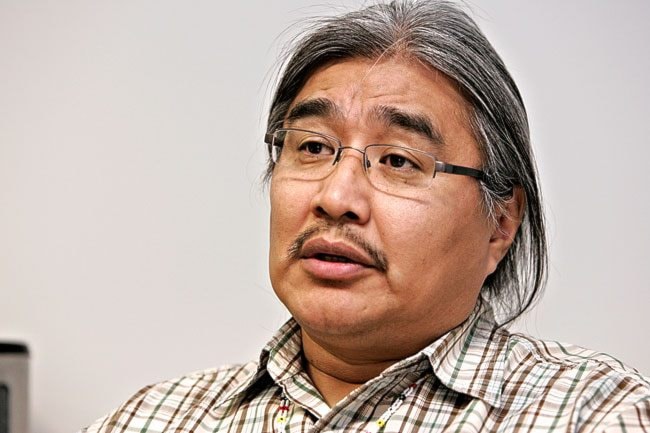Corruption and cronyism in First Nation governments prevents aboriginals from pursuing post-secondary education, says a report by a new think tank.
The solution, says the Macdonald-Laurier Institute, is to wrest control of the program away from First Nation governments through the creation of special savings accounts for aboriginal students.
This would ensure that every aboriginal student has access to the funds. Currently, that’s not so, says one of the report’s authors, Calvin Helin, an aboriginal lawyer and writer from BC.
“There’s no fairness in the process. You have to know the chief. You have to know a councillor. And if you’re off reserve, the chances of getting funding is very remote,” he said.
“A lot of times it involves nepotism. The chief uses the education funding as nepotism—that is, if you vote for me, your family will get education funding.
“It’s pretty handy during election time to induce people to vote for you.”
But First Nation chiefs oppose changing the current system.
Eric Morris, Yukon’s regional chief with the Assembly of First Nations, says, “it doesn’t make a whole lot of sense” to scrap the current arrangement.
First Nation governments know best how to allocate the funds, he said. If problems exist, they could be fixed with better checks and balances to ensure the money is properly administered. That oversight should be handled by First Nations themselves, he said.
Ottawa spends $314 million annually on the Post-Secondary Student Support Program. No one knows how much of this money actually makes its way to aboriginal students.
Band councils have at times dipped into the fund to pay for the travel expenses of councillors and child-care accommodations for staff, according to an audit conducted by Indian and Northern Affairs Canada in 2009.
This is permitted because any leftover money from the fund is put into a First Nation government’s general revenues. From then on, it can be spent as chief and council see fit.
The audit didn’t look at any Yukon First Nations. And a spokesperson with Indian and Northern Affairs Canada wasn’t able to say how much of the fund goes to Yukon’s First Nations, many of whom appear to have assumed responsibility of administering the program.
Rather than worry about mismanagement, Morris said the bigger problem is that most First Nations don’t get enough money from Ottawa. And the post-secondary education fund hasn’t kept pace with the growing cost of tuition.
He worries that Helin’s proposal, which would see funding for each aboriginal top out at around $30,000, won’t be enough to get aboriginal students through their studies.
And Morris doubts that big problems with First Nation governance exists. He’s a former chief of the Teslin Tlingit Council, which he says is “one of the most accountable governments in Canada.
“I believe accountability is there,” said Morris.
Helin agrees that “there are communities that handle things properly.” But that’s no comfort to students trying to obtain the funds from a mismanaged band office. Some face long waits. Others never see the money.
“How do you argue against giving power to every aboriginal person in Canada, when the current system doesn’t?” Helin asked.
And having First Nations administer the money themselves creates an unneeded level of bureaucracy, said Helin. That stretches the capacity of First Nation governments thinner than it needs to be and uses up money that could be spent on education.
But chiefs and First Nation staff have always fought against reforms that would erode their own power because “people are making a living off of maintaining the status quo,” said Helin. “They’re doing quite well off of it.”
As he sees it, that ensures that some of the big problems that face aboriginal communities go unsolved.
“People need to start speaking out. By doing nothing, we’re sentencing this generation to the same social pathologies and misery. And that’s unacceptable.”
This isn’t just an aboriginal problem, said Helin. As the baby boomers prepare to retire, Canada is expected to soon face a big labour shortage. First Nations could help fill this gap, but only if more aboriginal students succeed in school.
Only 40 per cent of Yukon’s First Nations students graduate from high school, compared to the territorial average of 63 per cent.
Nationally, 62 per cent of aboriginals complete high school, compared to 85 per cent of non-natives, according to the 2006 census.
Only eight per cent of Canada’s aboriginal students had a university degree, compared to 23 per cent of non-native students, according to the census.
“It’s just in the interest of the country to solve this problem,” said Helin. “We can’t mess around. We need to deal with this matter. And to have education politicized while there’s a much better alternative is simply unacceptable.
“It’s the equivalent to running things in a banana republic,” said Helin. “If we don’t want the results of a banana republic, we need to start running things right and help our children.”
Contact John Thompson at
johnt@yukon-news.com.
